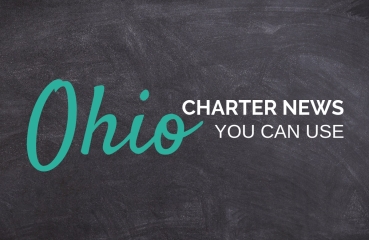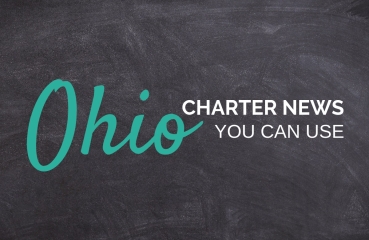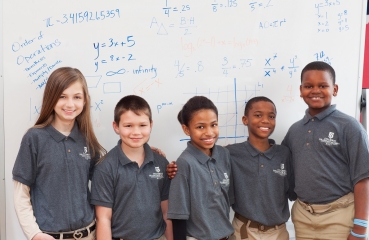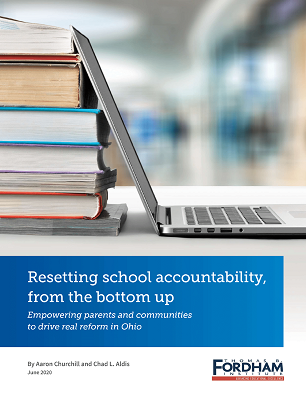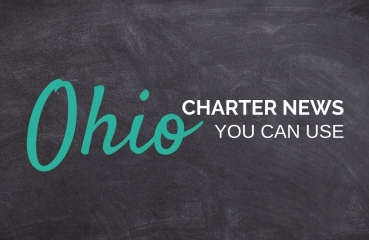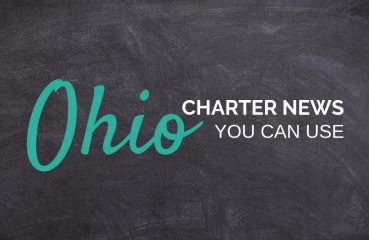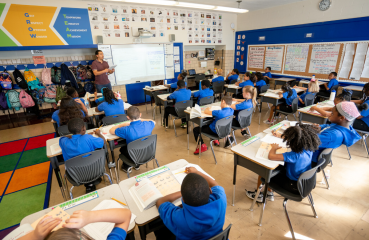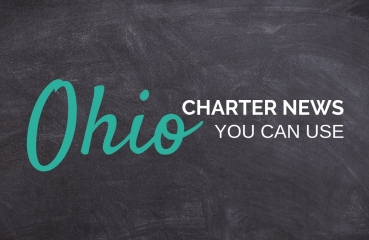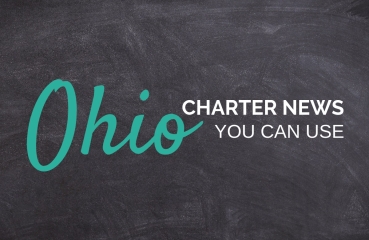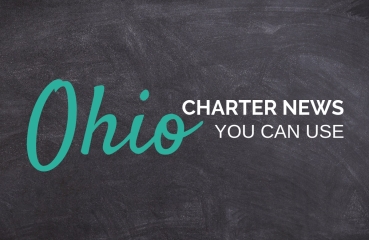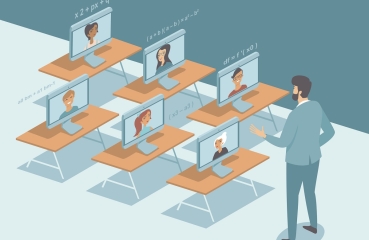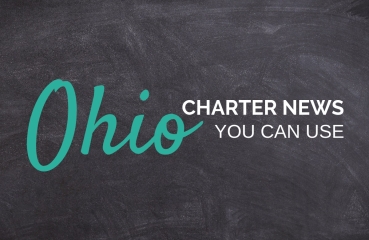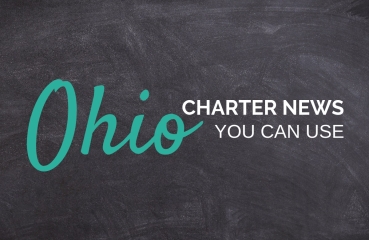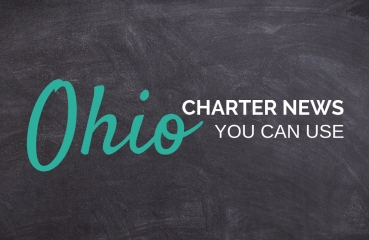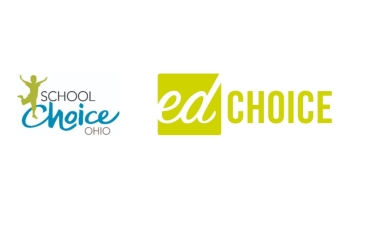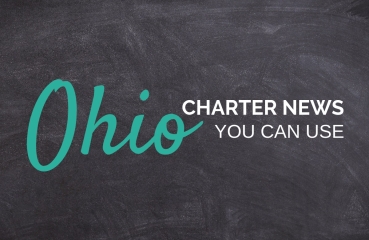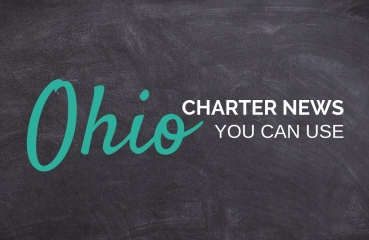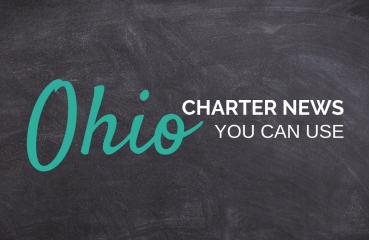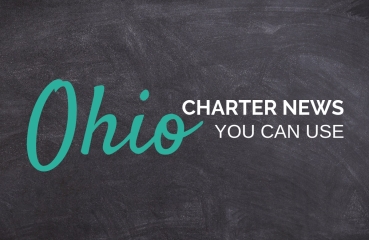Ohio Charter News Weekly – 6.12.20
Chad L. Aldis, Jeff MurrayLooking back, remotely
How do you measure remote learning engagement?
John A. DuesEditor’s Note: The Thomas B. Fordham Institute occasionally publishes guest commentaries on its blogs. The views expressed by guest authors do not necessarily reflect those of Fordham.
Resetting school accountability, from the bottom up
Aaron Churchill , Chad L. AldisAfter a one-year pause in Ohio's school accountability system, the road back to normalcy is uncertain. Fordham's new policy brief titled Resetting school accountability, from the bottom up offers a clear and concise plan to restart state assessments and school report cards.
Ohio Charter News Weekly – 6.5.20
Chad L. Aldis, Jeff MurrayInaugural graduating class
Portrait of the teaching force in America
Jeff MurrayThe National Center for Education Statistics (NCES) recently published the latest data from the National Teacher and Principal Survey (NTPS), conducted during the 2017–18 school year. It gives us an important snapshot of today’s teaching force in both public and private schools.
How the coronavirus could impact Ohio charter schools
Jessica PoinerOver the last few months, there’s been no shortage of pieces declaring that the novel coronavirus has drastically and permanently
Ohio Charter News Weekly – 5.22.20
Chad L. Aldis, Jeff MurrayThe school year continues
Columbus audit offers sobering lessons for Ohio teacher evaluations
Vladimir KoganEditor’s Note: The Thomas B. Fordham Institute occasionally publishes guest commentaries on its blogs. The views expressed by guest authors do not necessarily reflect those of Fordham.
What is student engagement, anyway? Remote learning won’t work unless we define it.
Ben PachtEditor’s Note: The Thomas B. Fordham Institute occasionally publishes guest commentaries on its blogs. The views expressed by guest authors do not necessarily reflect those of Fordham.
Ohio Charter News Weekly – 5.15.20
Chad L. Aldis, Jeff MurrayCelebrating National Charter Schools Week
Young, talented teachers shouldn’t be first to be fired
Aaron ChurchillDue to plummeting tax revenues, Governor Mike DeWine last week announced plans to slash state spending for the current fiscal year, ending June 30. Among the cost-cutting includes a $355 million hit to K–12 education, a roughly 3 percent reduction in education outlays. With the economy still swooning, legislators are mulling deeper cuts for 2020–21.
Working together to move remote learning forward in Ohio
Marie HannaEditor’s Note: The Thomas B. Fordham Institute occasionally publishes guest commentaries on its blogs. The views expressed by guest authors do not necessarily reflect those of Fordham.
Successful remote learning requires a whole new system
John A. DuesEditor’s Note: The Thomas B. Fordham Institute occasionally publishes guest commentaries on its blogs. The views expressed by guest authors do not necessarily reflect those of Fordham.
NCTQ shines a light on teacher contracts, licensure during the pandemic
Jessica PoinerIn the last few weeks, schools have rightfully been focused on student nutrition, health, and the transition to distance learning. But flying under the radar—and of increasing importance to schools’ ability to serve students well—are teacher policy issues. How has the pandemic affected current and aspiring teachers, and what are states and local districts doing to respond?
Seven early lessons about shifting education during a crisis
John A. DuesEditor's Note: The Thomas B. Fordham Institute occasionally publishes guest commentaries on its blogs.
Survey says: Most Ohioans support school choice
Aaron ChurchillIt’s no secret that school choice remains a politically charged issue. Opponents urge policymakers to restrict choice and preserve the status quo, while supporters insist on parents’ right to choose a school that fits their kids’ needs. But outside of Statehouse circles, what do everyday Ohioans think about school choice?
Ohio Charter News Weekly – 4.3.20
Chad L. Aldis, Jeff MurrayImportant considerations
Do KIPP middle schools improve college enrollment and persistence?
Jessica PoinerThe Knowledge is Power Program, or KIPP, is the nation’s largest charter school network. It currently operates 240 schools that serve more than 100,000 students, the vast majority of whom are low-income students of color.
Ohio Charter News Weekly – 3.20.20
Chad L. Aldis, Jeff MurrayGuidance issued for Ohio schools during closure
Ohio Charter News Weekly – 3.13.20
Chad L. Aldis, Jeff MurrayDeWine closes DeSchools
Ohio Charter News Weekly – 3.6.20
Chad L. Aldis, Jeff MurrayStart with the big picture
A case study in how not to make education policy
Aaron ChurchillIn December, a workgroup established by the State Board of Education released a number of
